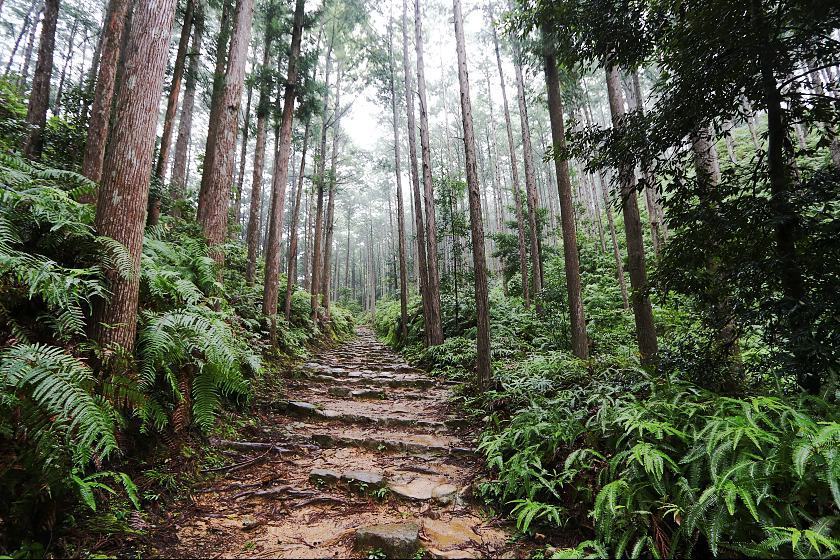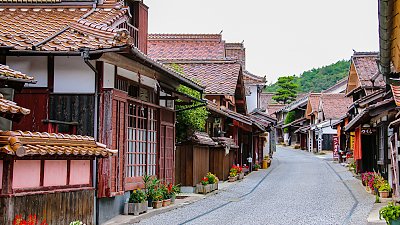Sacred Spaces
For many foreign visitors, one of the most striking aspects of Japanese culture is its deeply-held commitment to preserving national treasures for the benefit of future generations. In this article and video, I'll look at five of the most important spiritual locations whose atmosphere and sense of mystery makes them well worth a visit today.
Ise Shrines
The Ise Shrines in Mie Prefecture are Japan's most important spiritual landmark. Consisiting of two main shrines, the Inner Shrine and the Outer Shrine, they receive around ten million visitors every year and are especially popular at New Year, when crowds flock here to observe the first sunrise and pray for good fortune in the year ahead. Including its extensive sacred forests, the Inner Shrine's grounds cover a total area of 5500 hectares, an area equivalent to the size of Manhattan. Founded in the third century AD, the Inner Shrine houses the sacred mirror, one of three objects said to have been given to the emperor by the sun goddess Amaterasu.
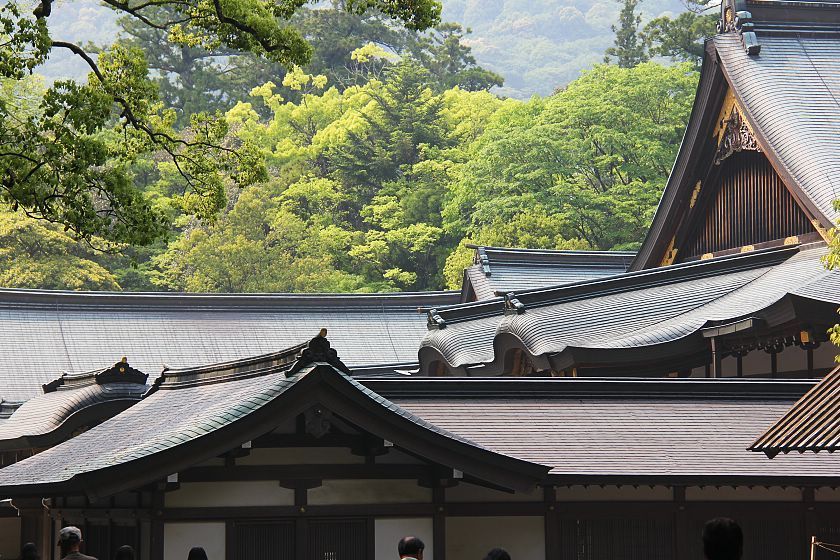
Izumo Grand Shrine
Although the date of its construction has been lost to time, Izumo Grand Shrine is believed to be the oldest shrine in Japan, with a cultural significance extending well before the dawn of Japanese history. Featuring prominently in the ancient text Kojiki, the shrine is dedicated to Okuninushinokami - the god of agriculture and marriage said to have relinquished the land of Izumo to the sky gods, in an act highly symbolic of the unification of Japan. The shrine is also of special importance as the meeting place of the gods every year during the Kamiari Festival.
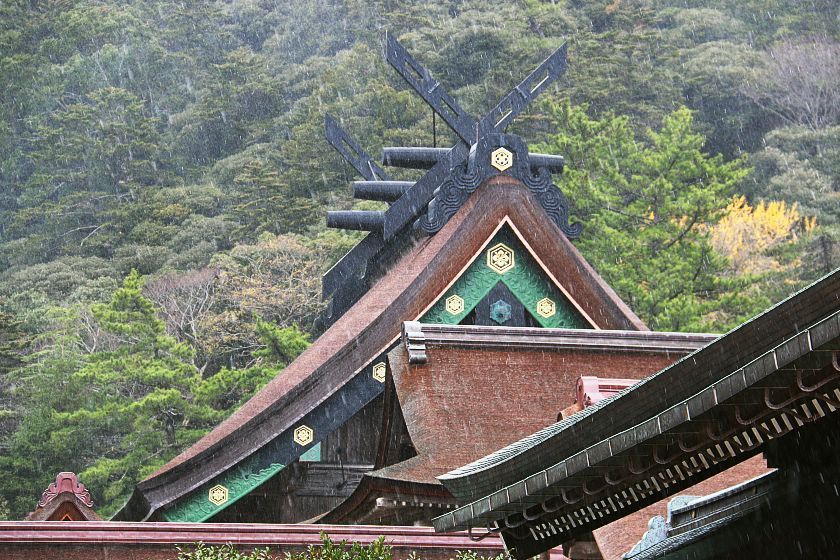
Nikko Toshogu Shrine
Located in Nikko, the Toshogu Shrine is the resting place of the warlord and unifier of Japan, Tokugawa Ieyasu, and the most famous of over 100 shrines dedicated to his spirit, deified as Tosho Daigongen, meaning "great gongen, light of the east". Designed to harmonise beautifully with the surrounding forests, the shrine complex is a UNESCO world heritage site and includes eight buildings regarded as national treasures. The shrine is especially known for its lavish decoration, with many of its surfaces covered with intricate and brightly colored carvings.
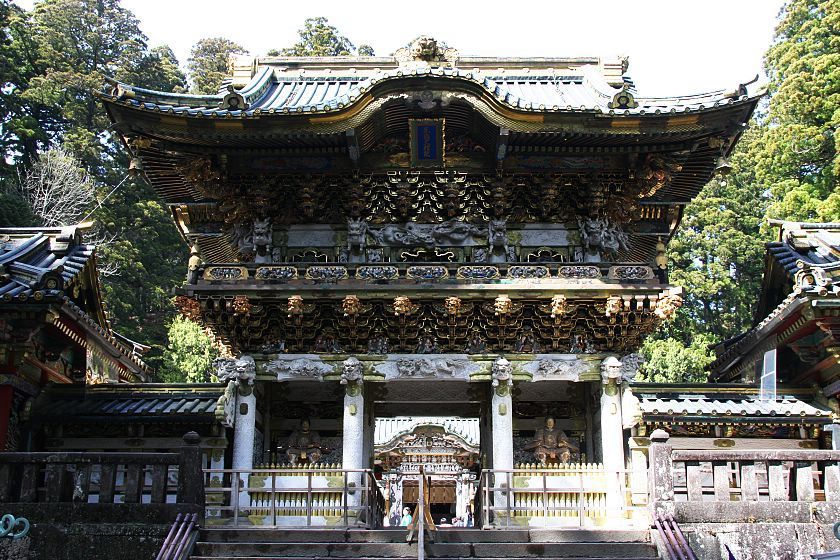
Miyajima
Often cited as one of Japan's most beautiful sightseeing spots, the island of Miyajima is also an important site in Shinto and Buddhist worship. The famous Itsukushima Shrine, a beautiful complex of buildings appearing to float above the bay, was first founded in the time of the Empress Suiko and owes its current form to the warlord and courtier Taira Kiyomori. The island is also well known for the spactacular views from the summit of Mount Misen, as well as its beautiful forests including many varieties of Japanese Maple.
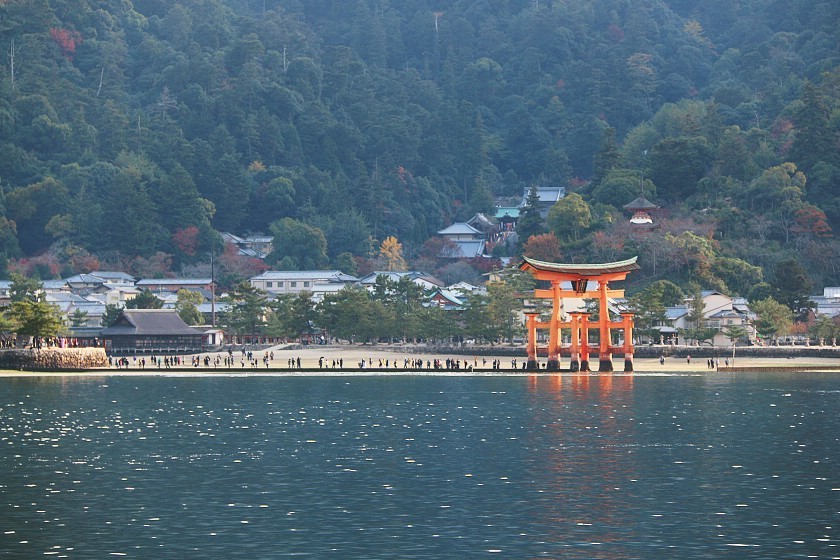
Kumano Kodo
One of Japan's most ancient pilgrim trails, the Kumano Kodo is a network of pathways crisscrossing the mountains of the Kii Peninsula in Wakayama Prefecture, extending all the way from Ise to Mount Koya and Yoshino. For many centuries, travellers from all social classes would make the arduous journey to three ancient shrines at the heart of the trail - Hongu Taisha, Nachi Taisha and Hayatama Taisha, all of which can still be visited today. Revered since ancient times as a dwelling place for the spirits of the dead, the Kumano area is also strongly associated with the legend of Yatagarasu, the ancient three-legged crow that guided the first emperor Jimmu over the mountains to Nara to establish the nation of Japan.
